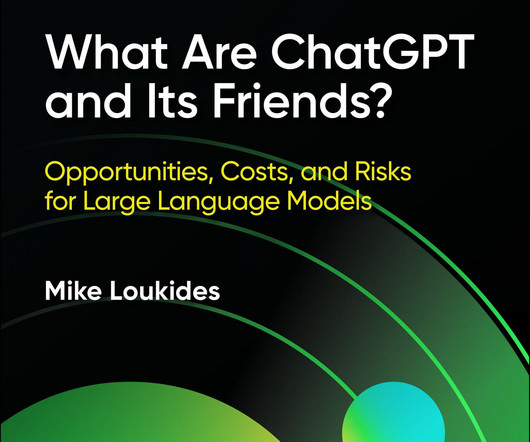A CISO POV: Securing AI in your company
CIO Business Intelligence
MARCH 7, 2024
In my recent column, I delved into the challenges enterprises face in integrating AI into the workplace and outlined strategies for CISOs to monitor or control the use of AI effectively. The focus was on ensuring safe generative AI practices within organizations. How has AI penetrated the typical enterprise?















Let's personalize your content